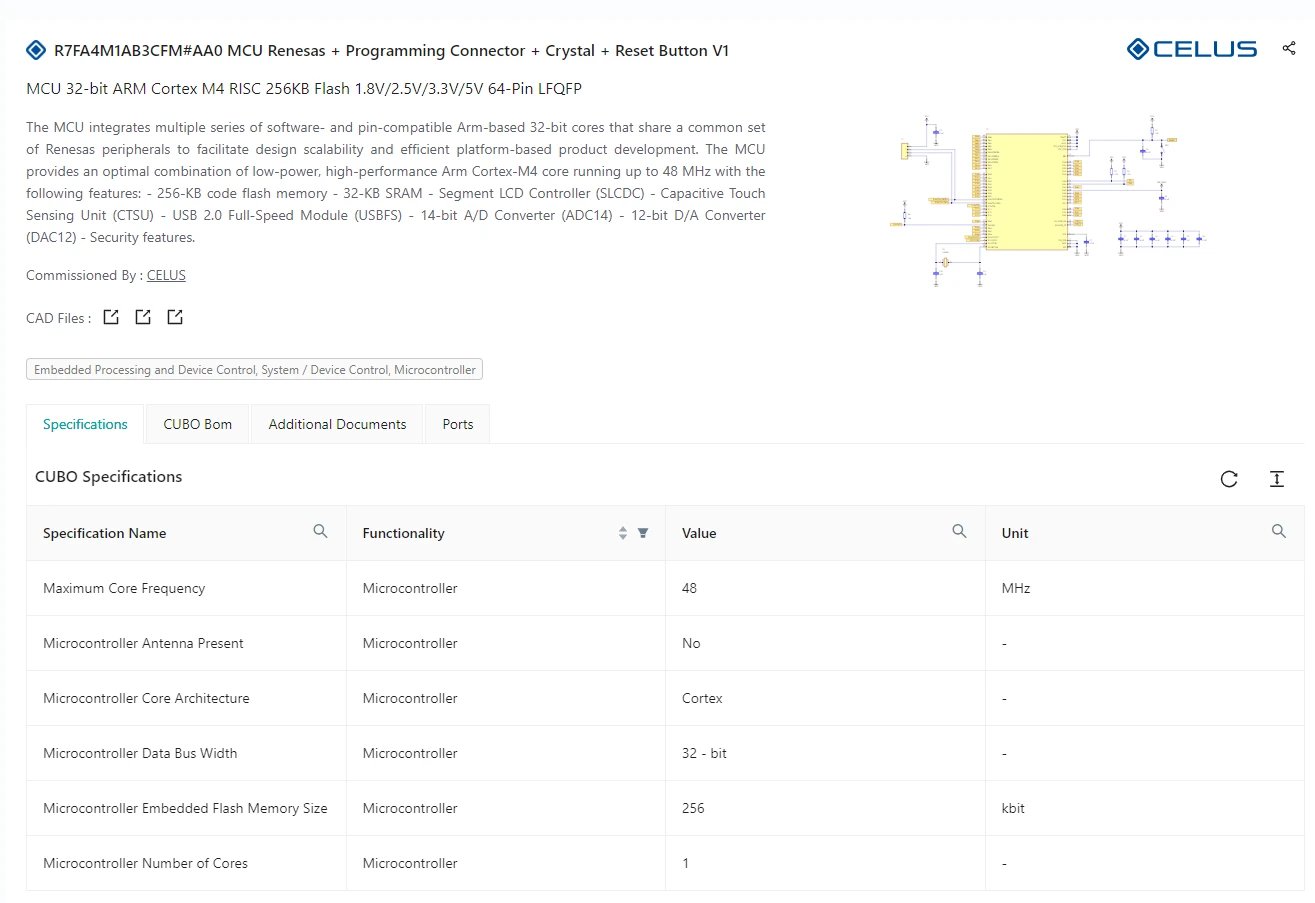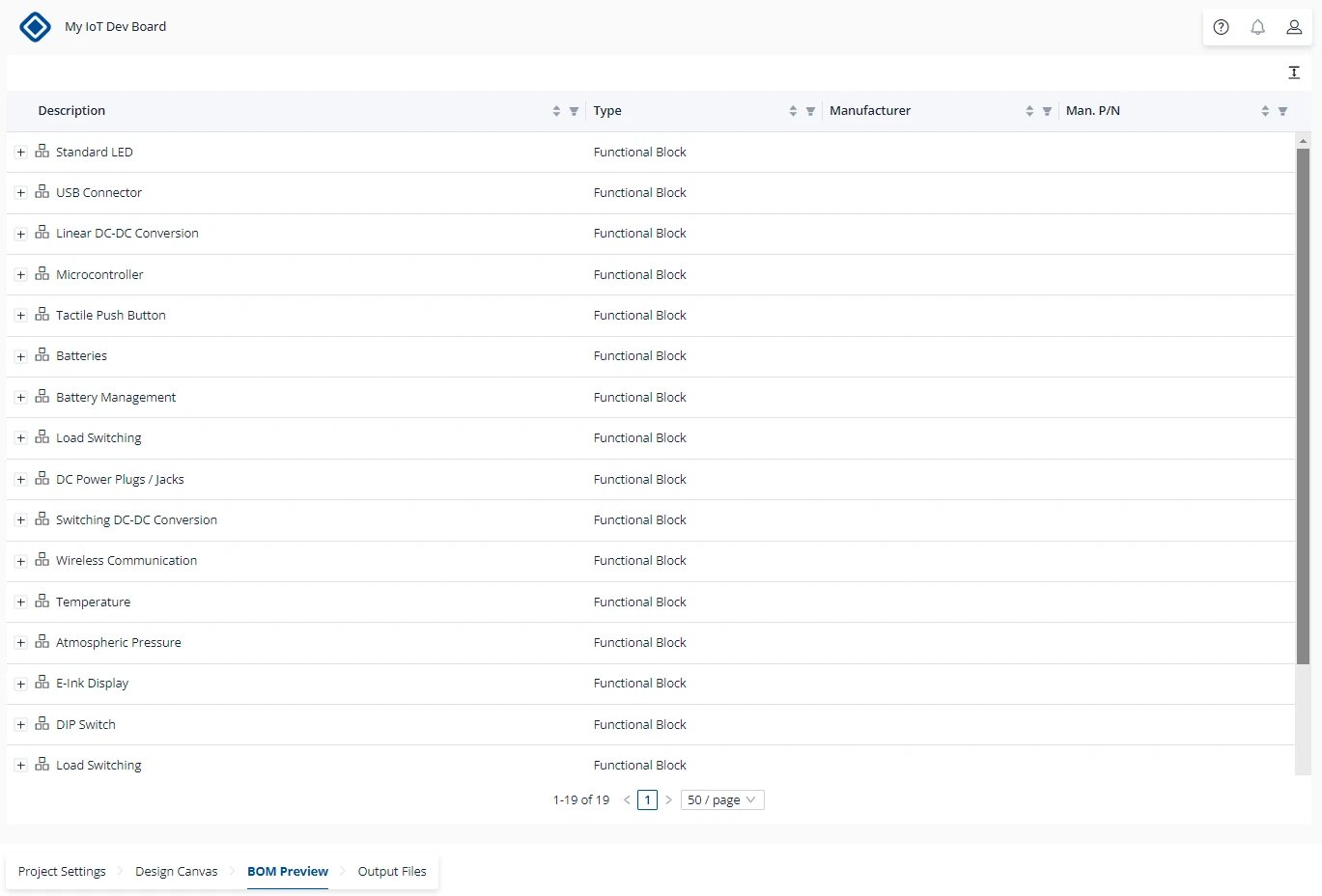From Concept to Creation: Revolutionizing IoT Board Development with CELUS Design Studio
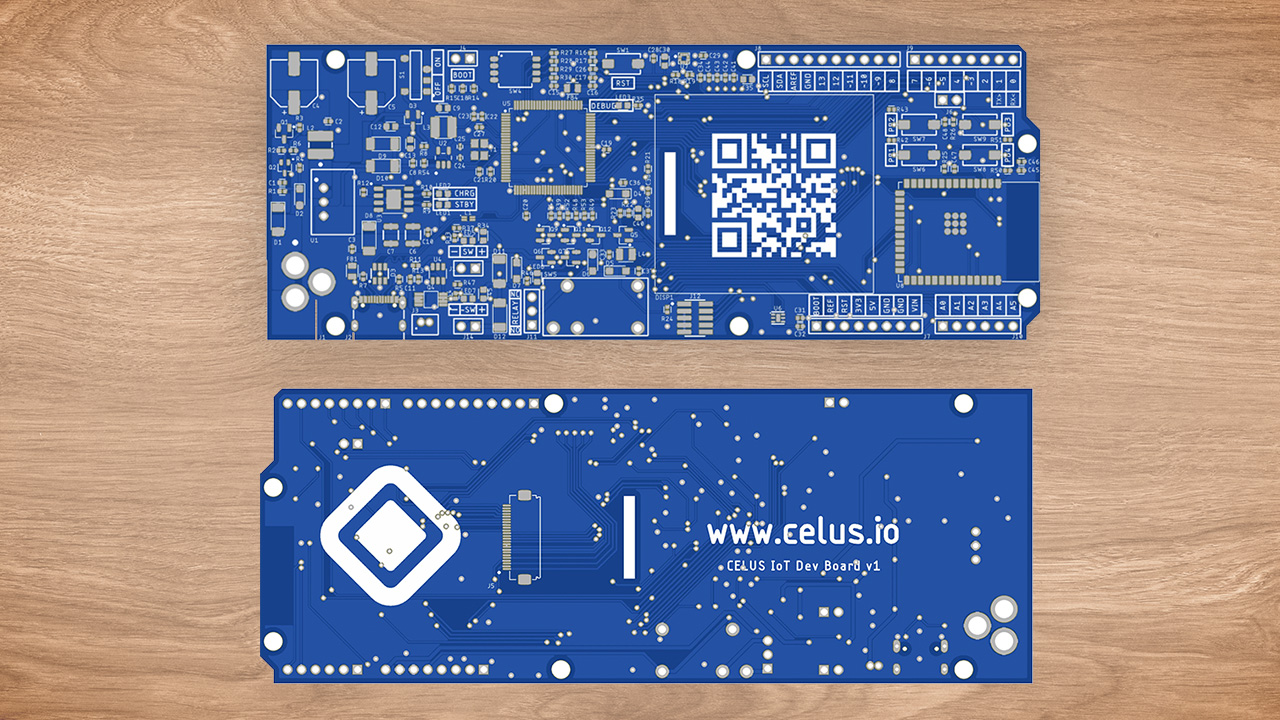
Embarking on the journey of building an IoT Development Board is an adventure that’s both exciting and challenging. As someone deeply involved in the electronics and tech scene, I’ve felt the excitement of creating a device that could connect the physical and digital worlds, giving another way of innovating in areas like home and industrial automation. However, the path from initial concept to the final product involves complex design choices, along with advanced connectivity and security features.
In this post, I'll share my journey through these complexities, utilizing CELUS Design Studio to automate critical design aspects, enabling me, and developers like me, to focus on innovation and efficiently realize the goal of creating a versatile and powerful IoT board.
Decoding the Blueprint: Defining Requirements for IoT Development Boards
My first step toward creating an IoT development board was perhaps the most abstract yet crucial phase: describing the characteristics of my project.
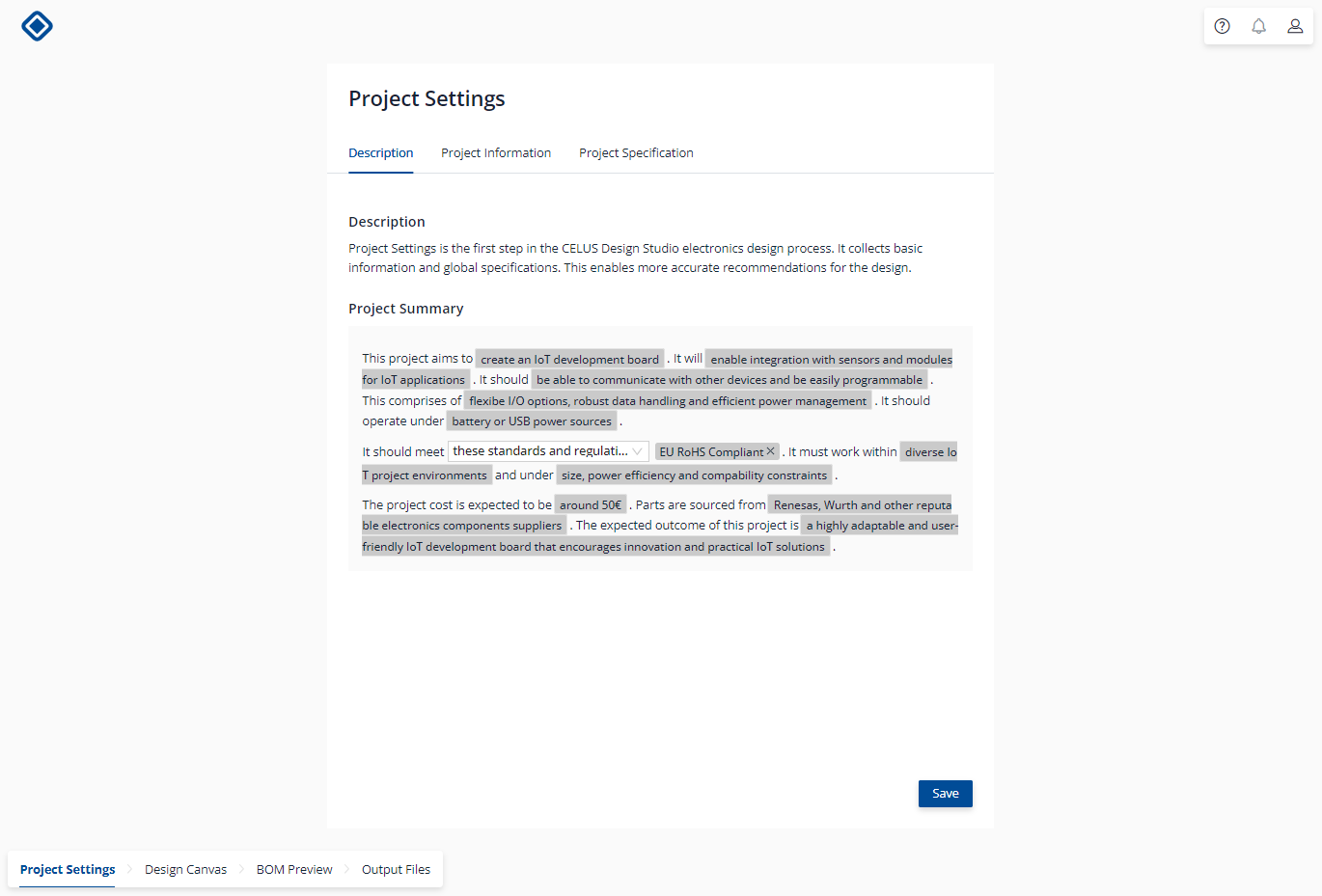
CELUS Design Studio guided me capturing the requirements of my project. I was able to describe the functionalities that I need for my project, the application I was developing it for as well as the EDA tool I wanted to hand over my project to (Autodesk Eagle in my case).
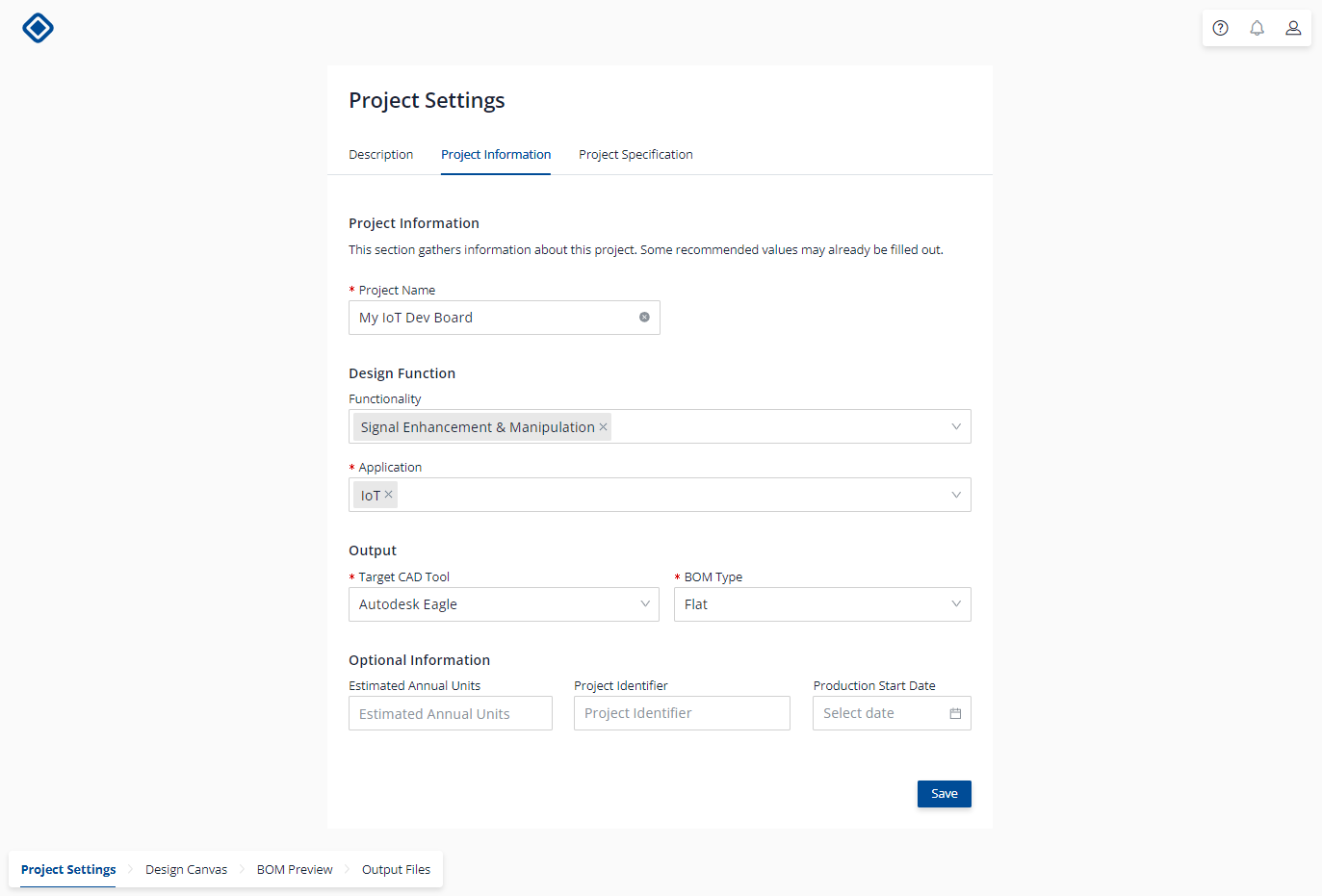
Conceptualizing an IoT board is more than just selecting a microcontroller or deciding on communication protocols like WiFi, Bluetooth, or LoRa; it is about translating a broad vision into technical specifications and requirements. The CELUS Design Studio became my best friend, offering suitable solutions for the different functionalities I required and helping me evaluate them, reducing the time to navigate the sea of possible components.
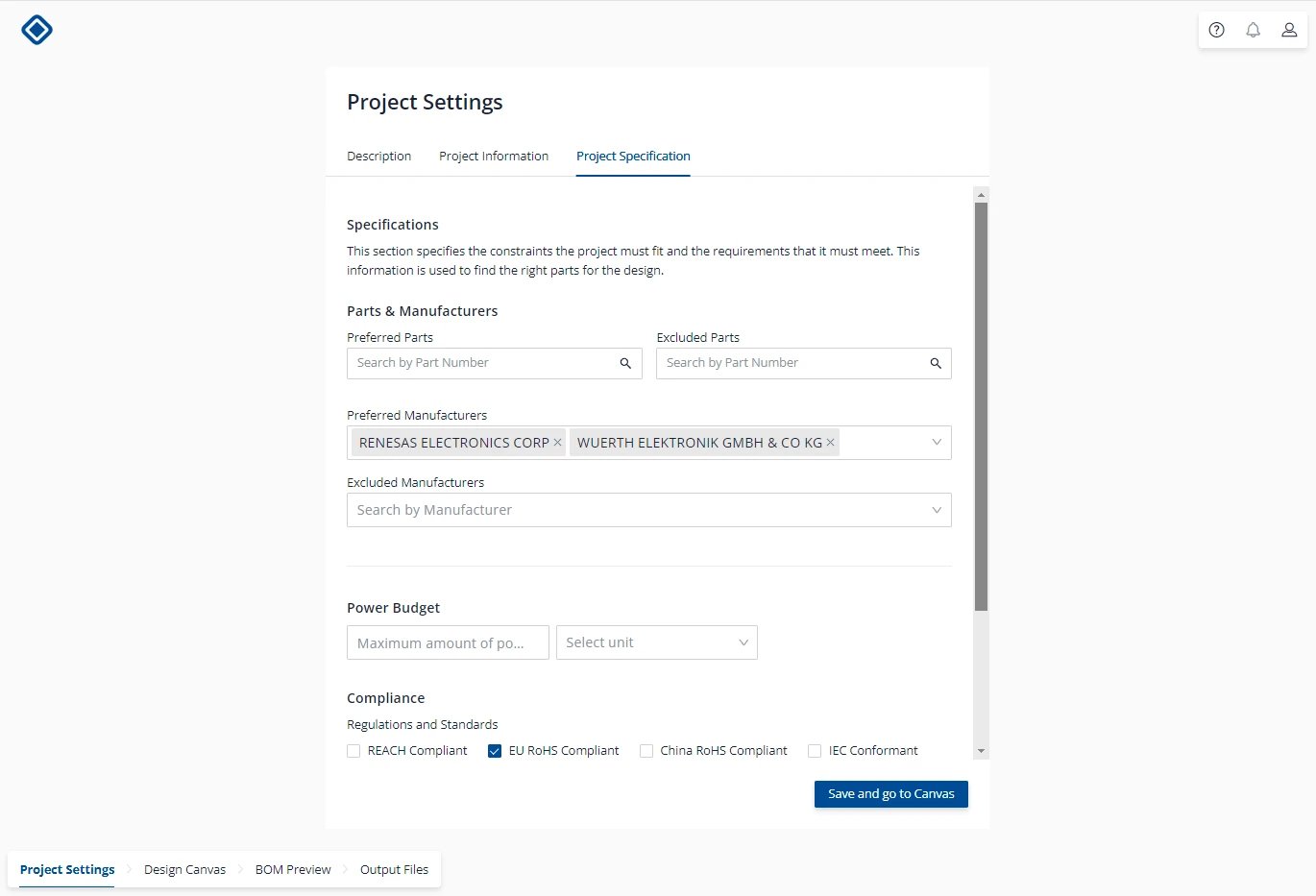
Tackling Schematic Design and Component Selection: CELUS Design Studio in Action
With a much clearer understanding of my project's requirements and a well defined architectural roadmap, it was time to start capturing the system architecture of my IoT Development board. Thanks to the previous steps, CELUS Design Studio offered a head start in the form of templates fitting the application I defined. Once the necessary Functional Blocks have been selected from the Design Library, the platform recommended suitable solutions for each one of the elements in my project.
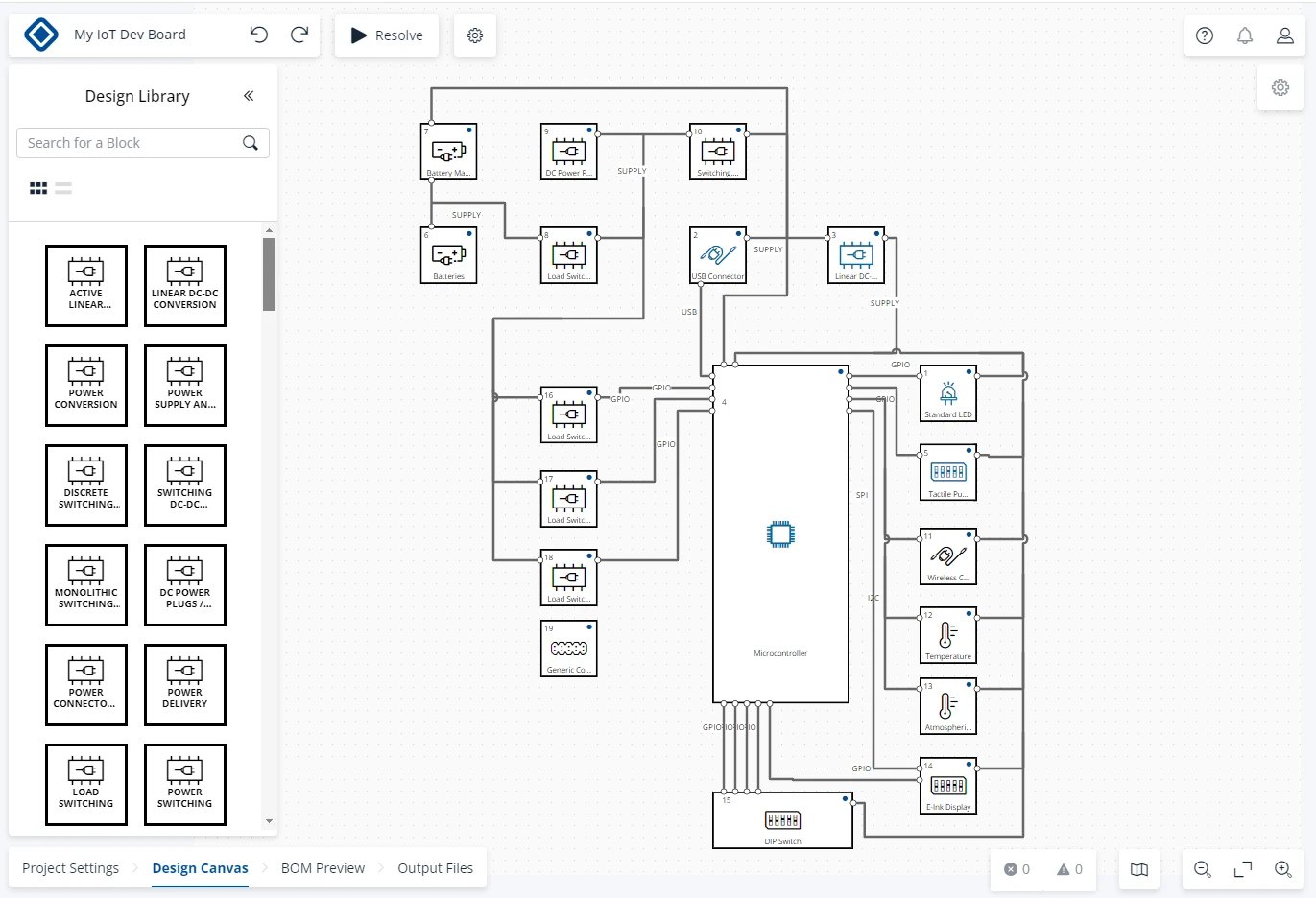
In this phase, the primary challenge was to efficiently find solutions that better fit the circuit I wanted to build. I consider technical requirements to ensure my project progressed smoothly without unnecessary re-spins. These requirements and the diagram I captured, provided the necessary input for the platform to suggest the most appropriate circuits (CUBOs) and efficiently generate the schematic design that aligned with my project's intent.
Prototyping: Bringing Ideas to Life
The prototype stage is where the digital schematic is materialized into a tangible board. These prototypes were crafted based on detailed BOM and PCB layout files generated by CELUS, ensuring that each component was precisely placed according to the digital blueprint. The choice of fabrication methods and materials was crucial, as it directly influenced the prototype's ability to embody the design accurately and withstand subsequent testing phases.
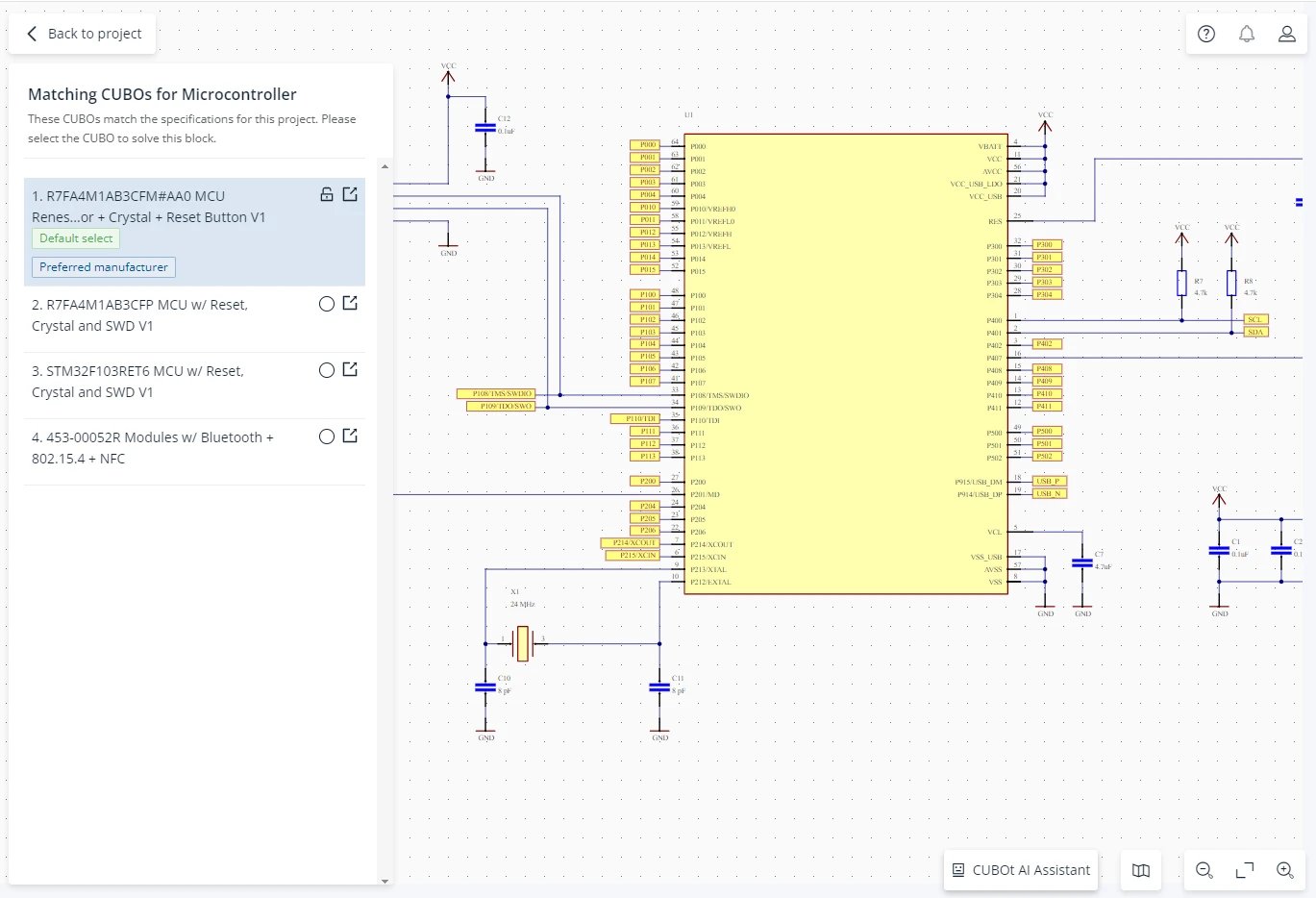
What made CELUS my best friend in this process was its ability to facilitate rapid iterations. Adjustments based on testing feedback were seamlessly integrated, demonstrating the platform's agility and efficiency in supporting evolving IoT projects. This iterative cycle of design, prototype, test, and refine was essential for culminating in a product that not only functioned as intended but also adhered to the highest standards of quality and reliability.
Transitioning to EDA Tools for PCB Layout and Beyond
Taking the schematic proposed by CELUS Design Studio and meticulously evaluated by me and transitioning it into a fully realized PCB layout was my next step. This phase bridged the gap between design and physical prototype, setting the stage for manufacturing and eventual market launch.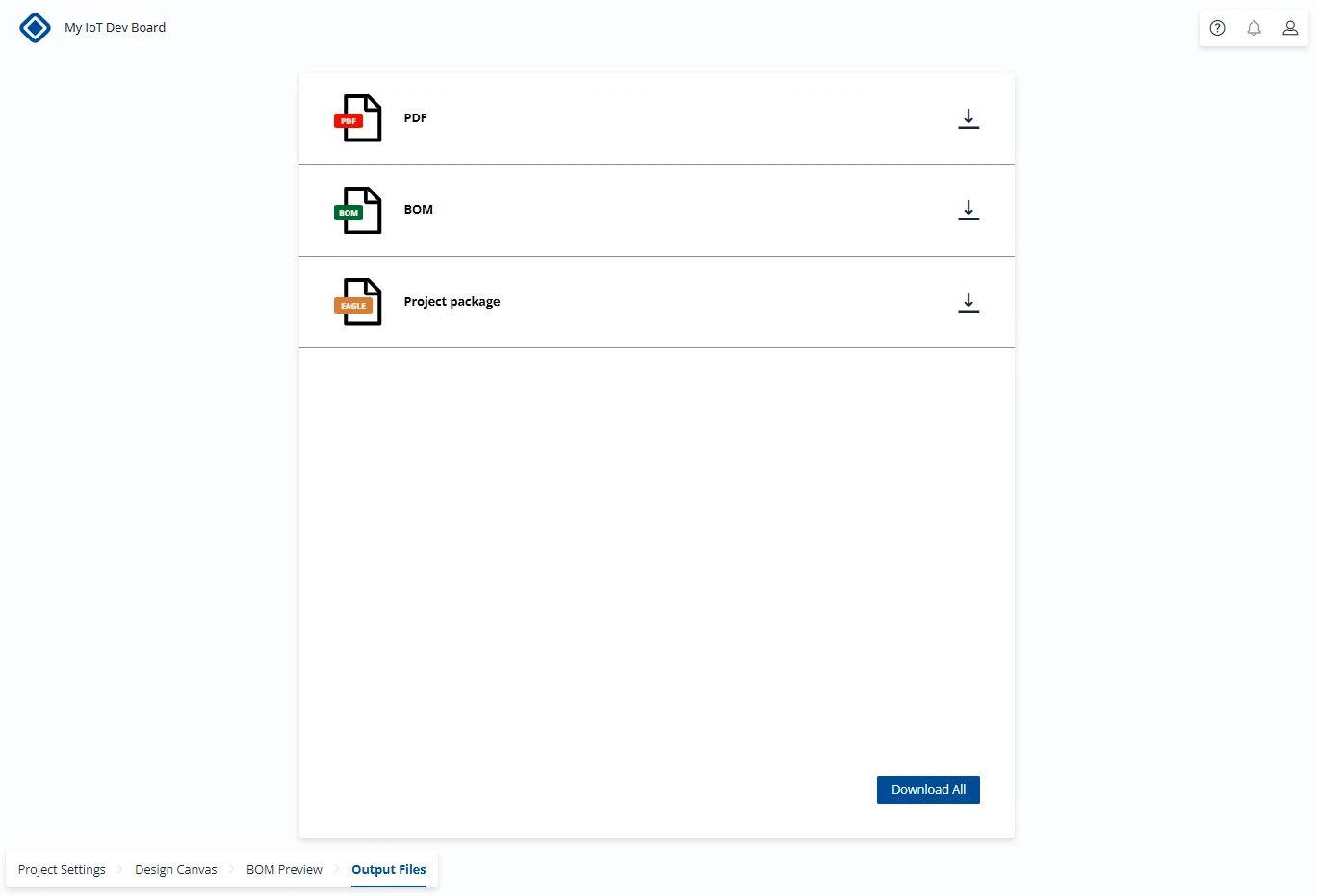
I handed over the design that CELUS Design Studio generated to Autodesk Eagle in order to complete the design process. It enhanced my experience once the moment to create the layout begun. Here, is where the power of the EDA tool shines, allowing me to delve into the art of defining the layer stack, placing the components and routing the whole board.
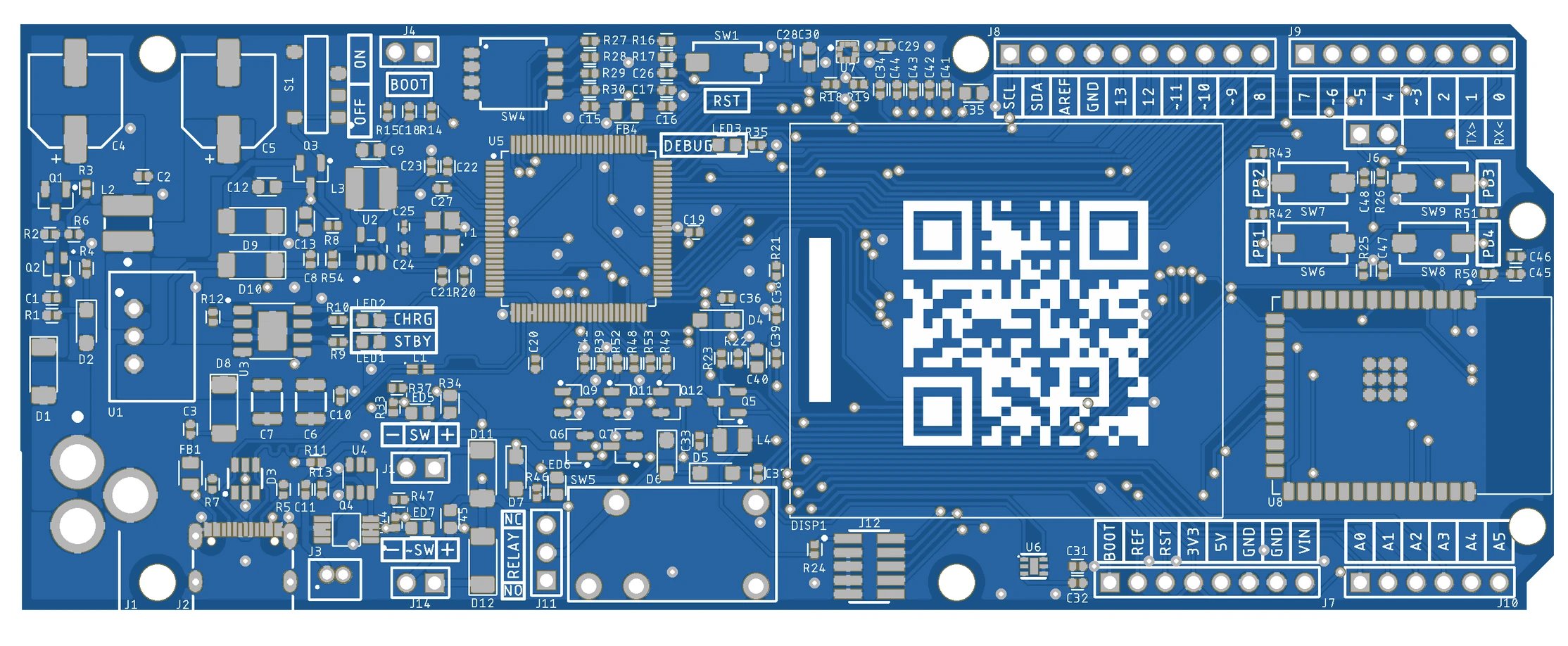
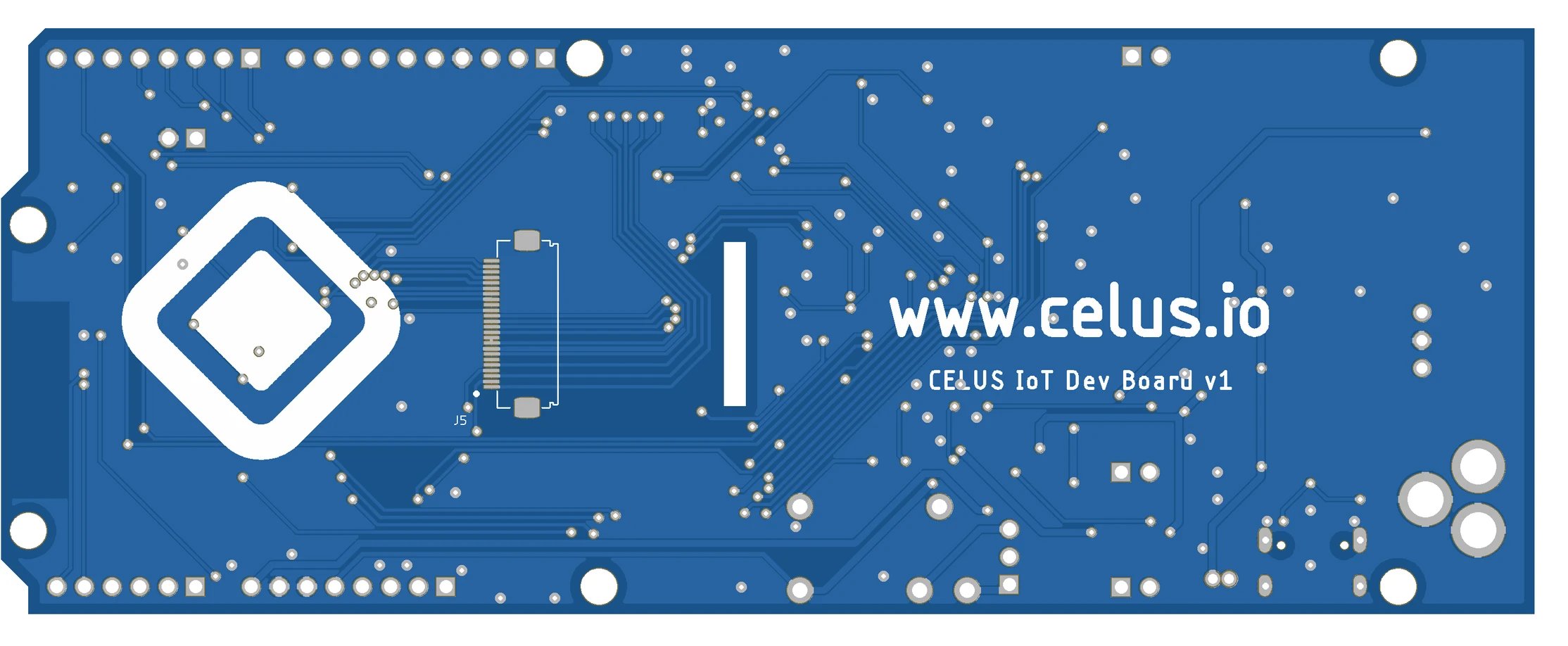
Conclusion: Empowering Innovators in the IoT Era
In the dynamic and ever-evolving landscape of the Internet of Things, the journey from concept to creation is filled with complexities and challenges that test the limits of innovation and creativity.
The CELUS Design Studio, with its sophisticated development flow, has effectively boosted the process of electronics design. It simplified the intricate steps of component selection and schematic design, speeding up phases that once, due to the vast amount of components in the market, prevented both experienced engineers and aspiring creators from bringing their ideas to life. This superpower is not just about making the design process more accessible; it's about accelerating the pace of innovation.
As an innovator in the IoT era, I now have a powerful tool that enhances my capabilities, allowing me to focus on what truly matters: innovation and creativity. CELUS serves not just as a technical resource but as a catalyst for innovation, encouraging experimentation and fostering a culture of continuous improvement and learning.
The smooth shift from digital design to actual creation highlights not just how the platform simplifies the process, but also how it boosts the quality and viability of IoT projects. It provides me and a broad community of innovators with the essential tools and support to tackle the complexity of hardware design. So it is ready to empower anyone designing new projects.
Start using CELUS Design Studio to unlock the superpower of transforming your thoughts into amazing projects to share with a growing community of makers just like you!
Sign up for the CELUS Design Platform today!



